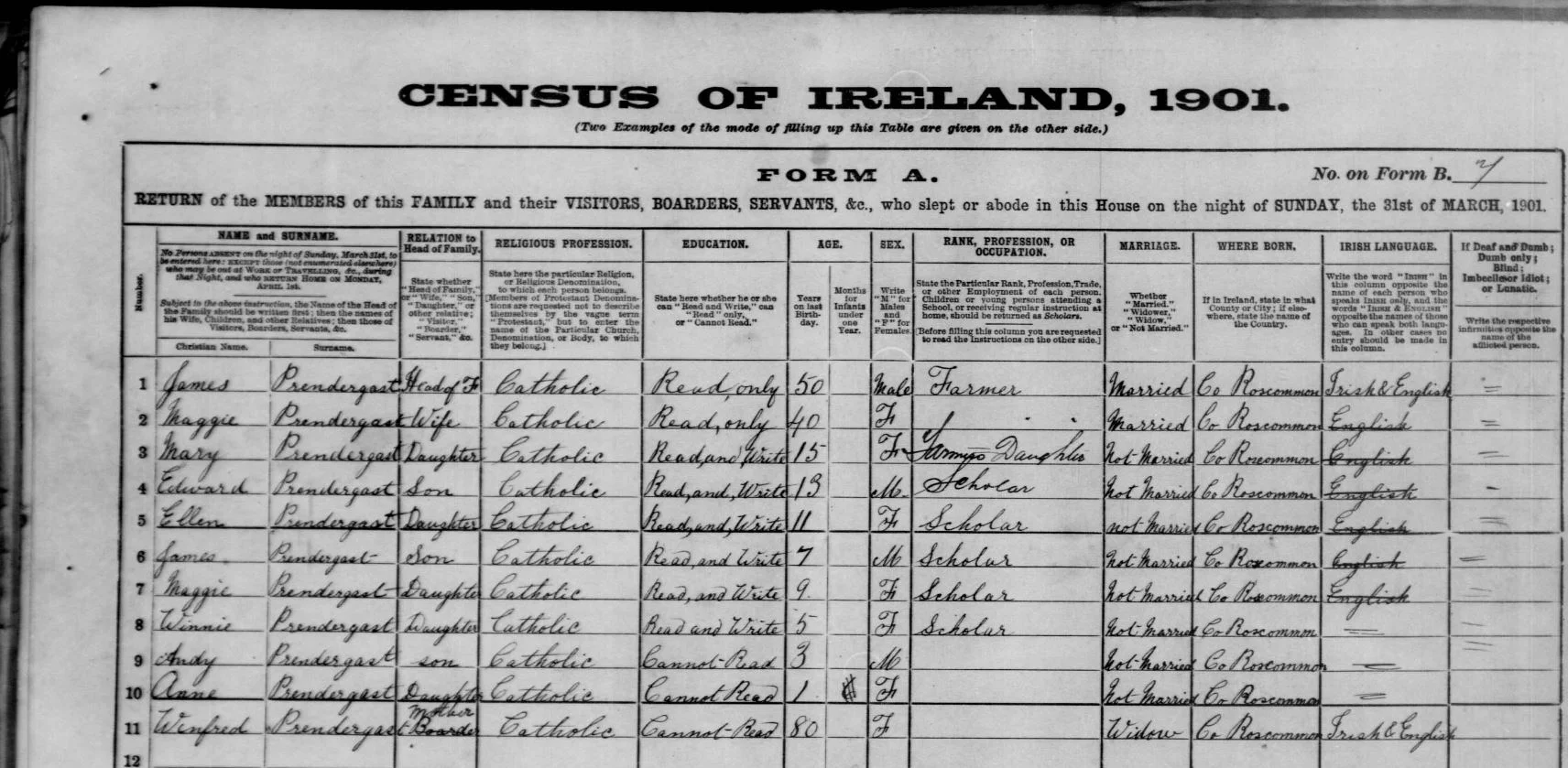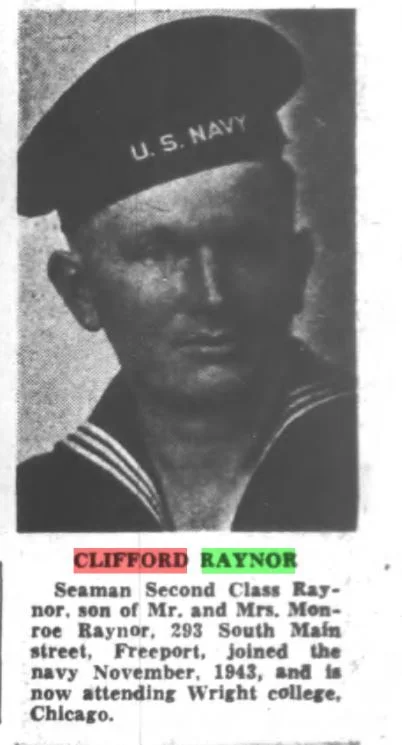My 4x great-grandfather was Nicolas Dauch. Before this week, this is what I could have told you with certainty about him: he was born in Wurzburg, Bavaria about 1797, departed Le Havre, France in 1845 aboard the Leila and arrived in New York City on Sept. 22, 1845 with his wife, Eva Margarethe Hoerner, and his children Thomas, 19; Andreas, 16; and Marie, 9 (his daughter-in-law (future or current, not sure) Barbara Brand, 25, and grandson or step-grandson, Johann, 2, were also aboard that ship).
The Dauch family and Barbara Brand aboard the Leila, arriving in New York Sept. 22, 1845 (Ancestry.com. New York, Passenger and Crew Lists (including Castle Garden and Ellis Island), 1820-1957 [database on-line]. Provo, UT, USA: Ancestry.com Operations, Inc., 2010.)
After Sept. 22, 1845, Nicolas got swallowed up by history. The end.
Or so I thought…
Now, years ago, I discovered an Ancestry family tree created by a gentleman from Germany who was descended from the same Dauchs as myself, and he had dates for births and deaths, he had parents and grandparents for Nicolas and his wife, Eva, and he had places that Dauchs and Hoerners called home near Wurzburg - specifically Reichenberg, Lindflur, and Albertshausen. But there were no citations. I had no clue where this gentleman got these names, dates, and places, and there was not a single other person who had this information on their trees. I wrote it all down in an unofficial tree, not to be shared publicly…everything was so specific I wondered, how could it have not come from somewhere legitimate, but without the evidence to back that up, I couldn’t in good faith put it out there for others. For now, the Nicolas Dauch would remain one of my few German dead ends.
Lesson Number One
Citations are important - it allows you, as someone using another person’s information, to know that it is legitimate, and it allows others, who are using you as a source, to know that your information can be trusted.
So recently I’ve been using the German genealogy website Archion.de - it is a pay site but a literal treasure trove of vital records and a must-visit for anyone with German ancestry. Unfortunately, it doesn’t cover all of Germany, as I had to recently tell a disappointed client, but like every other online resource, more documentation gets added every day. A year ago, Wurzburg was not one of its holdings…a week ago, it suddenly was.
Lesson Number Two
Never give up. Always circle around. If a record isn’t online or available today, it might be tomorrow. It might be next year. Move on to another line and then come back again to your brick wall.
The Wurzburg holdings included both Lindflur and Albertshausen - Reichenberg is still not in the mix, though I’m hopeful eventually it will be - and while it took me a while to learn that a lot of the Lindflur records were actually in the Albertshausen books, suddenly, I had my sources for the names, dates, and places I had so long ago seen in that German gentleman’s tree. Nicolas’ parents were in fact Johannes Dauch and Margarete Barbara Kempf. Eva’s parents were in fact Johann Wilhelm Hoerner and Appollonia Kempf (and yes, Margarete and Appollonia were in fact sisters). I could in good faith go back to, and share, my 7x great-grandparents Michael Horn and Anna Christina Pfeiffer, who were married in Albertshausen in 1739. I could in good faith go back to, and share, my 8x great-grandfather Matthias Keller, who died in Albertshausen on August 14, 1742.
Protestant church in Lindflur, Bavaria (By Tilman2007 - Own work, CC BY-SA 3.0, https://commons.wikimedia.org/w/index.php?curid=27977696)
Church in Albertshausen, Reichenberg, Bavaria (Photo credit: http://www.markt-reichenberg.de/albertshausen)
And there it was, the man who started it all, on a page all his own - the birth record for Nickolaus Dauch, born July 8, 1797 in Lindflur, Wurzburg, Bavaria to Johannes Dauch and Margarete Barbara Kempf.
Nickolaus Dauch born July 8, 1797 in Lindflur to Johannes Dauch and Margaretha Barbara Kempf. From Archion.de, Bayern: Landeskirchliches Archiv der Evang.-Luth. Kirche > Dekanat Würzburg > Albertshausen > Taufen; Trauungen; Bestattungen 1770-1809 image 105
He remains a ghost from September 22, 1845 onward - I don’t know what happened to him after his arrival in New York. He may have disappeared into the ether once he got here. But he came from somewhere, and I now know where that somewhere is.
Welcome to the family tree, Dauchs!
Websites I used in this research:
Archion.de
Ancestry.com


![The Dauch family and Barbara Brand aboard the Leila, arriving in New York Sept. 22, 1845 (Ancestry.com. New York, Passenger and Crew Lists (including Castle Garden and Ellis Island), 1820-1957 [database on-line]. Provo, UT, USA: Ancestry.com Operati…](https://images.squarespace-cdn.com/content/v1/551c31f5e4b0eeef9d475648/1579791428719-AF4Q2J27Z2BGXJO6YGIE/passenger+list+Dauch.JPG)






























